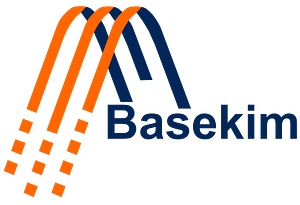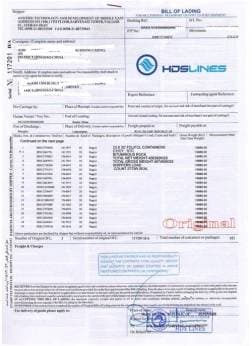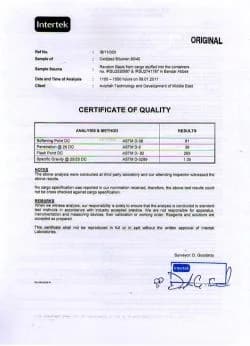Bitumen CSS: Slow-Setting Cationic Emulsion for Mixing,and Durable Surface Treatments
What is Bitumen CSS
Bitumen CSS (Cationic Slow Setting) is a water-based bitumen emulsion designed to remain workable for extended periods. Unlike CRS or CMS grades, CSS breaks slowly, giving contractors enough time to thoroughly mix it with mineral fines and aggregates. This makes it the preferred emulsion for slurry seal, micro-surfacing, fog sealing, and stabilization projects.
Why Contractors and Buyers Choose Bitumen CSS
Extended working time – Ensures proper coating of aggregates and fines.
Cold-applied efficiency – No heating required, reducing fuel and equipment costs.
Cationic adhesion – Bonds strongly to damp or dusty aggregates.
Versatility – Used for slurry seals, fog seals, and cold mixes.
Specification-friendly – Meets ASTM/AASHTO requirements, easing project approvals.
Logistics-ready – Available in drums, IBC tanks, or bulk for international trade.
Primary Applications of Bitumen CSS
Slurry Seal and Micro-Surfacing
CSS provides the slow breaking action needed for uniform coating of mineral fines and aggregates, ensuring durability and skid resistance.
Fog Sealing
When diluted, CSS penetrates oxidized pavements, sealing micro-cracks, restoring flexibility, and improving appearance.
Cold Mix and Stabilization
Useful in soil stabilization and patching works where controlled emulsion–aggregate interaction is needed.
Dust Control
Applied on unpaved surfaces to bind fine particles, improving safety and reducing maintenance costs.
How Bitumen CSS Creates Business Value
For contractors, CSS allows consistent mixing windows and smoother operations on site.
For distributors, it reduces inventory complexity by covering multiple maintenance applications with one product.
For road agencies, CSS aligns with sustainability goals by being a cold-applied emulsion that extends pavement life at lower lifecycle cost.
Application Guidance
Aggregate moisture – Slight surface dampness is acceptable, but free water should be avoided.
Mixing sequence – Emulsion should be added to the aggregate, not the other way around.
Dilution – Only dilute with clean water and according to specifications.
Curing – Allow sufficient curing before opening roads to traffic.
Weather – Best performance in dry weather with warm surface temperatures.
Packaging, Logistics, and Quality Controls
Bitumen CSS is shipped in 200 kg new steel drums, 1,000 L IBC tanks, or bulk tankers. Quality reports such as a Certificate of Analysis ensure compliance with buyer specifications. Proper storage and rotation (FIFO) maintain consistency during shipment and handling.
Storage and Handling Recommendations
Store in a shaded, ventilated area.
Do not allow the emulsion to freeze.
Gently agitate before use to restore homogeneity.
Use standard protective equipment during handling.
Frequently Asked Questions (FAQ)
Q1: When should I use Bitumen CSS instead of CRS or CMS?
A: Use CSS when you need longer mixing and placement time, such as in slurry seals, micro-surfacing, or fog seals.
Q2: Can Bitumen CSS be diluted?
A: Yes, it can be diluted with clean water for fog sealing or tack coats, depending on project specifications.
Q3: Does CSS work with damp aggregates?
A: Yes, its cationic charge helps it bond to slightly damp aggregates, though excess water should be avoided.
Q4: How soon can roads reopen after using CSS?
A: Cure time depends on weather and film thickness. It is slower than CRS, so additional curing time may be required.
Q5: What quality checks are important before delivery?
A: Key tests include viscosity, residue on evaporation, penetration, ductility, and storage stability.
Table of Contents
Technical Specifications
| Property | Standard Value |
|---|---|
| Viscosity @ 25°C | 20–100 seconds (Saybolt Furol) |
| Residue on Evaporation % | Min 57 |
| Sieve Test (0.15 mm) | Max 0.10% |
| Storage Stability (24 h) | Max 1% |
| Penetration of Residue @ 25°C | 100–250 dmm |
| Ductility of Residue @ 25°C | Min 40 cm |
| Particle Charge | Positive (Cationic) |
| pH | 2.0–5.0 |
| Solubility of Residue in Trichloroethylene | Min 99% |
| Setting Time | Slow |


